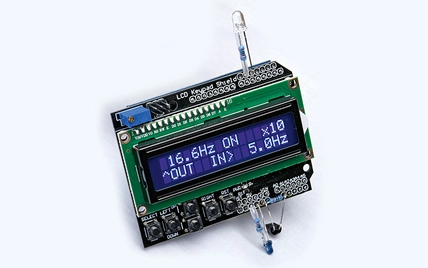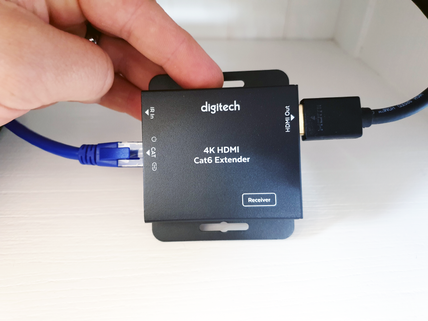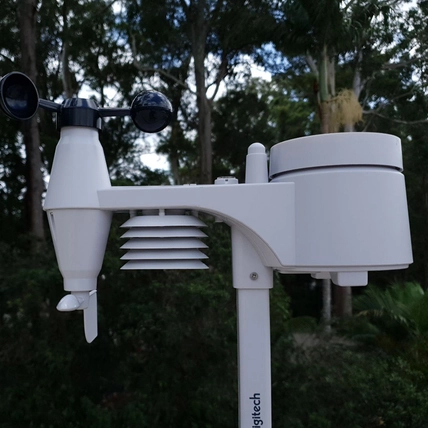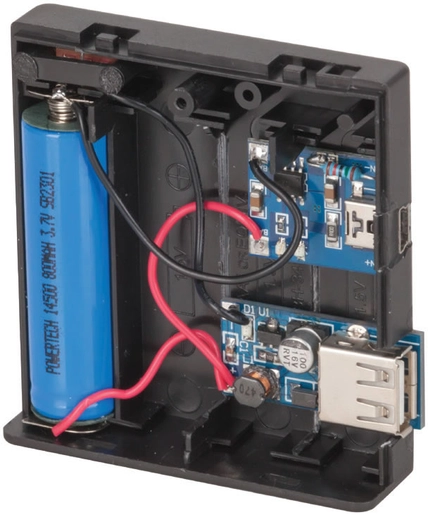Very different products with similar names.
<<IMG>>Trio_Of_Cleaners_Option_2.jpg
When it comes to maintenance cleaning, these three products are often confusing. Many people assume they are the same thing with a different label, but that could not be further from the truth! Each is a specific combination of cleaners and supporting products that do a similar job but in very different circumstances.
The most confusing pairing is 'Electronic Cleaning Solvent' next to 'Electronic Circuit Board Cleaner'.
'Electronic Cleaning Solvent' NA1004 is for general cleaning of electronic equipment, not circuit boards themselves. It contains the gentlest of the solvents in these three products, and is meant for cleaning the outer surfaces or things like heatsinks. It removes fingerprints, light oils, dust and moisture from things that get handled. It is not meant to be sprayed on circuit boards directly, but it will not damage them if it is. It is designed to leave minimal to no visible residue. Use it next time you want to remove the buildup from your keyboard, but remember to unplug or turn off the keyboard first!
'Electronic Circuit Board Cleaner' NA1008 is meant to be sprayed on a circuit board, rather than on equipment. It is aimed at dissolving and removing soldering flux, including the residue from rosin/resin-cored solder, as well as other construction contaminants. It is safe for most plastics but not all, and unlike Electronic Cleaning Solvent above, it can leave a residue. It is not designed for aesthetic cleaning, but rather for removing problem contaminants and residues from operational electronics parts and boards. Note, that is 'operational', not 'operating'. Turn it off first! Use it to clean up a circuit board after soldering to avoid leakage in RF circuits due to resin and fingerprints, or to clean up a greasy or dirty old circuit board prior to fault-finding or repairs.
'Electrical Clean and Lube' is the last of the trio, and one of the most misunderstood. This is not designed for electronics at all, as the 'electrical' in the name may hint at. In fact, if you use it on a circuit board, it will cause you headaches and nightmares. This product is a heavier-duty cleaner that also has lubrication built in. It is designed for cleaning and improving contacts, like those inside switches or relays. The idea is that the cleaning solvents carry away grease and oil, dirt, corrosion, moisture and residues, and the lubricant coats the contacts to help them stay free of corrosion, moisture, and unwanted build-ups. It works really well on the things it is meant for: Switches, relays, and connectors, or anything else with a contact surface. The oil left behind does not interfere with conductivity, except on small or weak electronic signals. Do not use it on low power connectors like headphones or HDMI connectors! Do use it on switches, trailer connectors, cigarette lighter plugs, or anything of that nature. Do not use it on electronics! The oily lubricant left behind will attract dust to the circuit board (which is a very different surface and environment compared to a switch or plug) and eventually, the dust will build up moisture. The solvents are also not gentle, and can cause damage to sensitive electronics. That is one of the more common mistakes our staff see.





